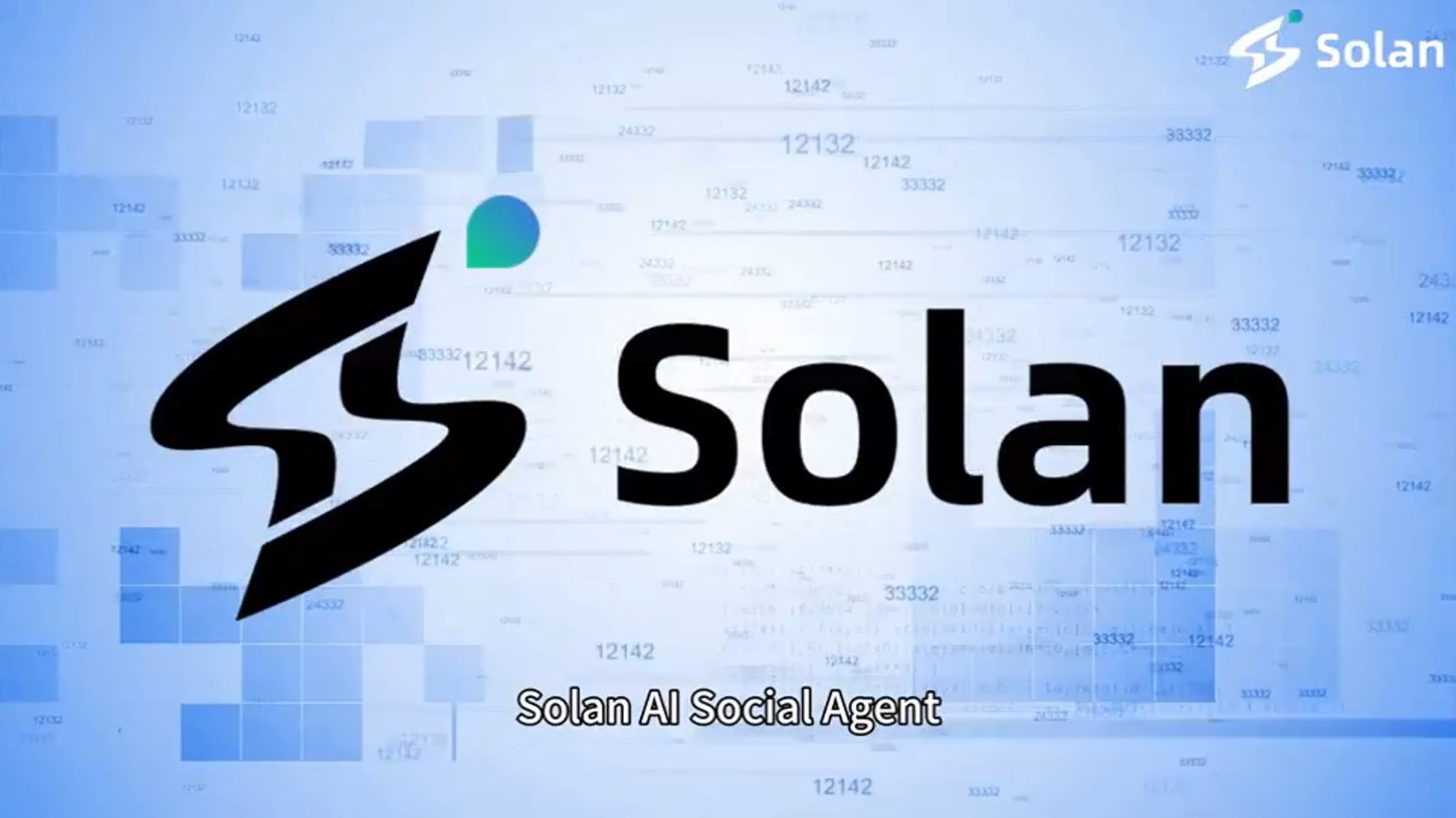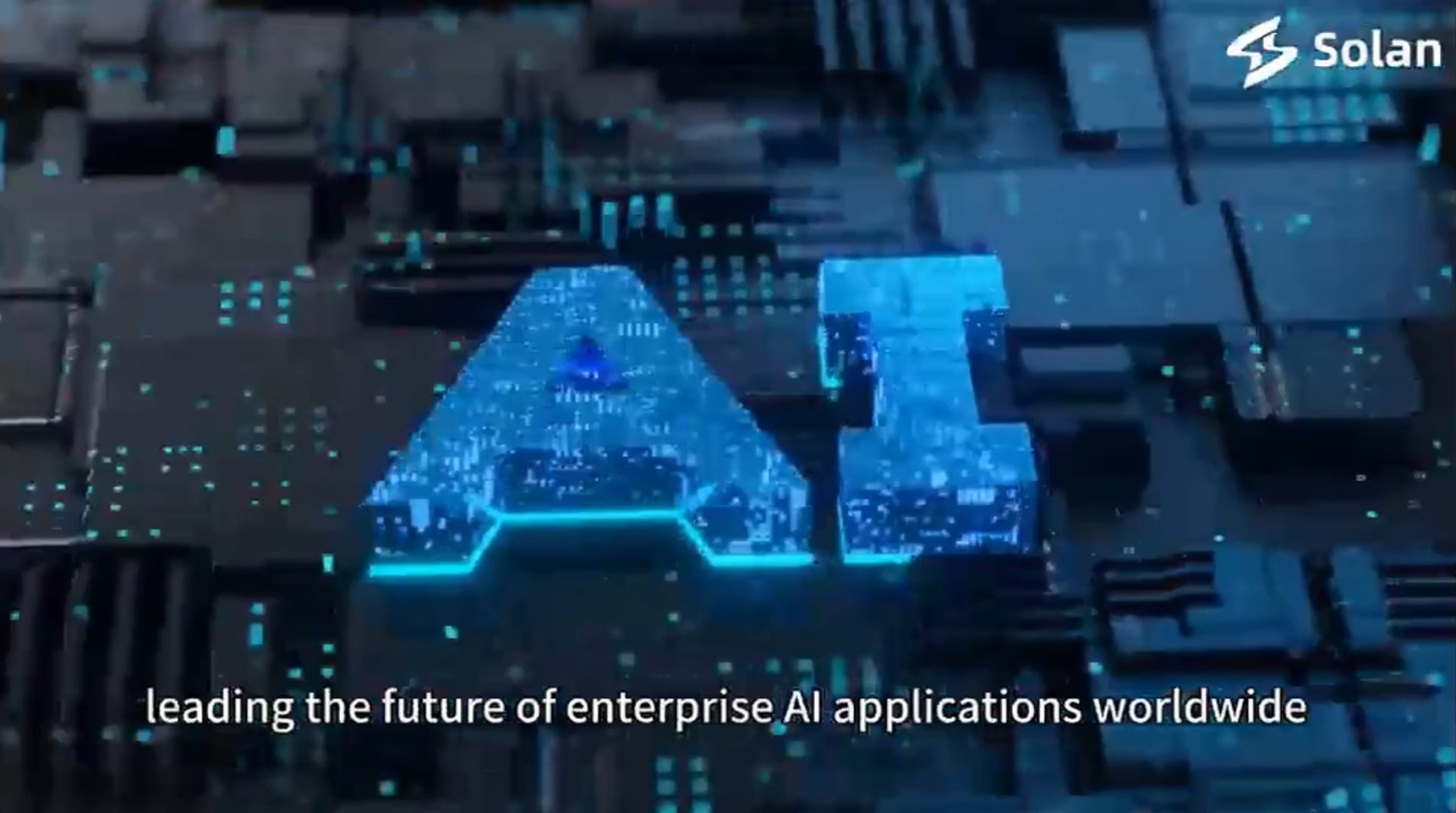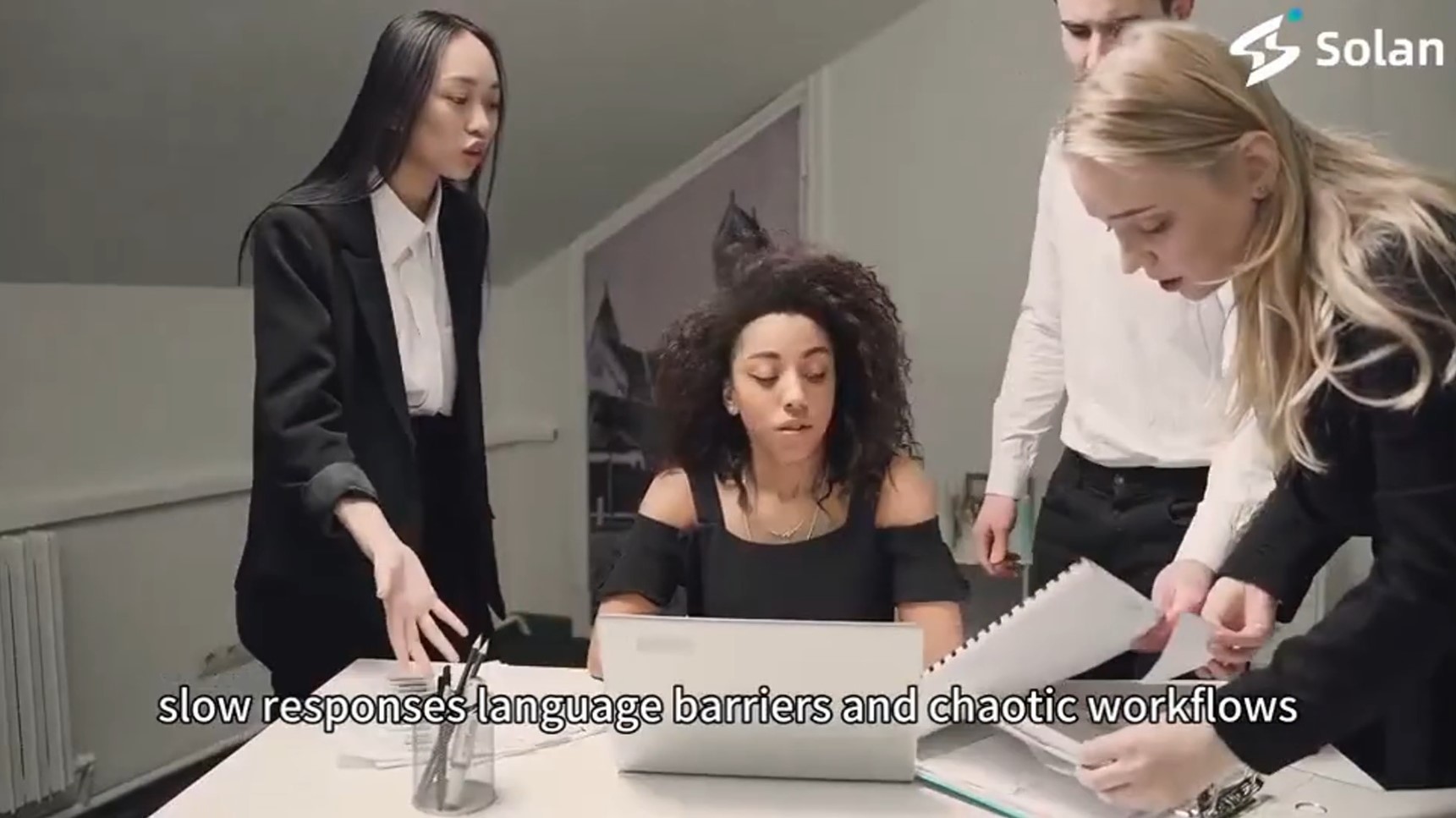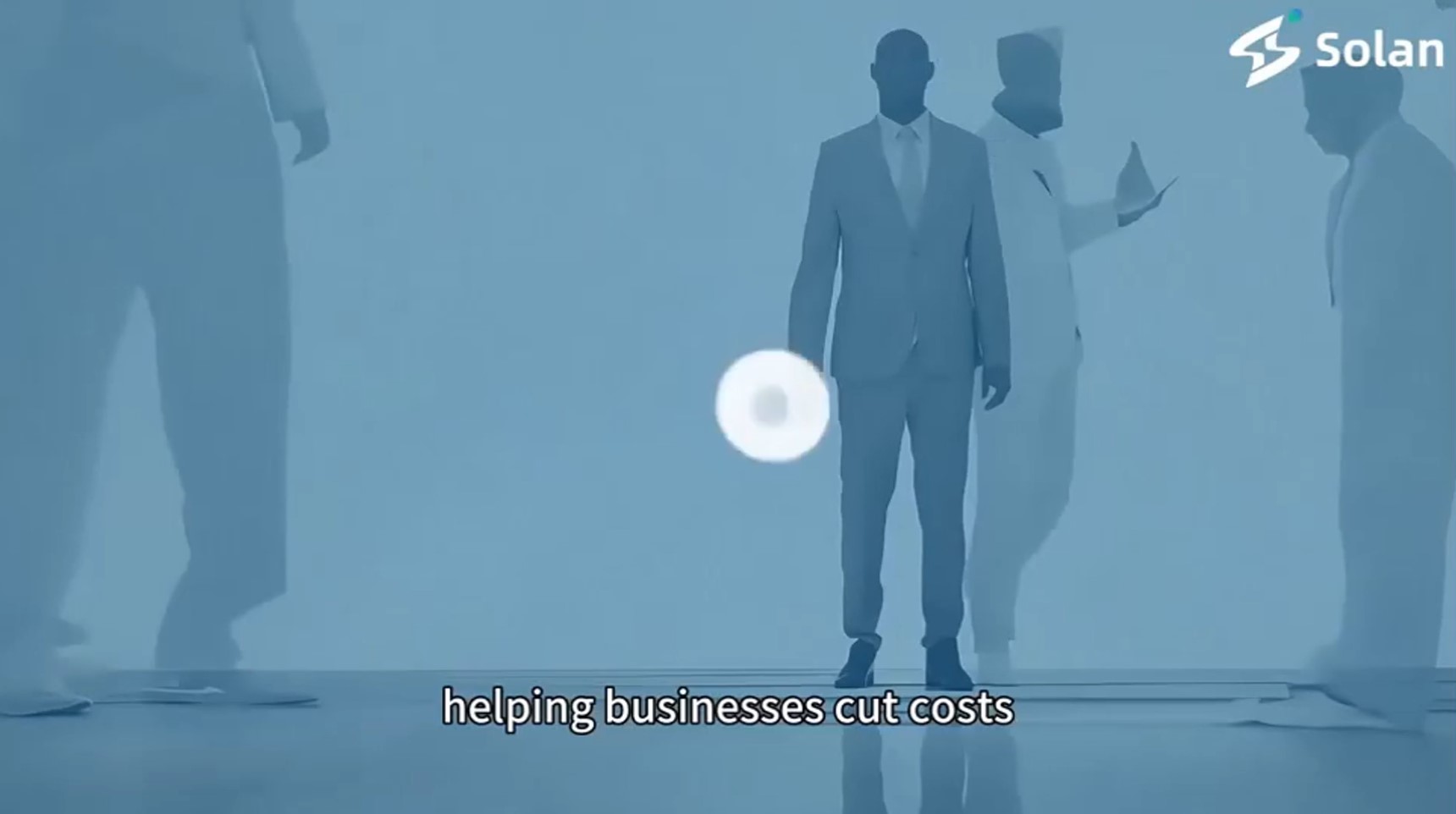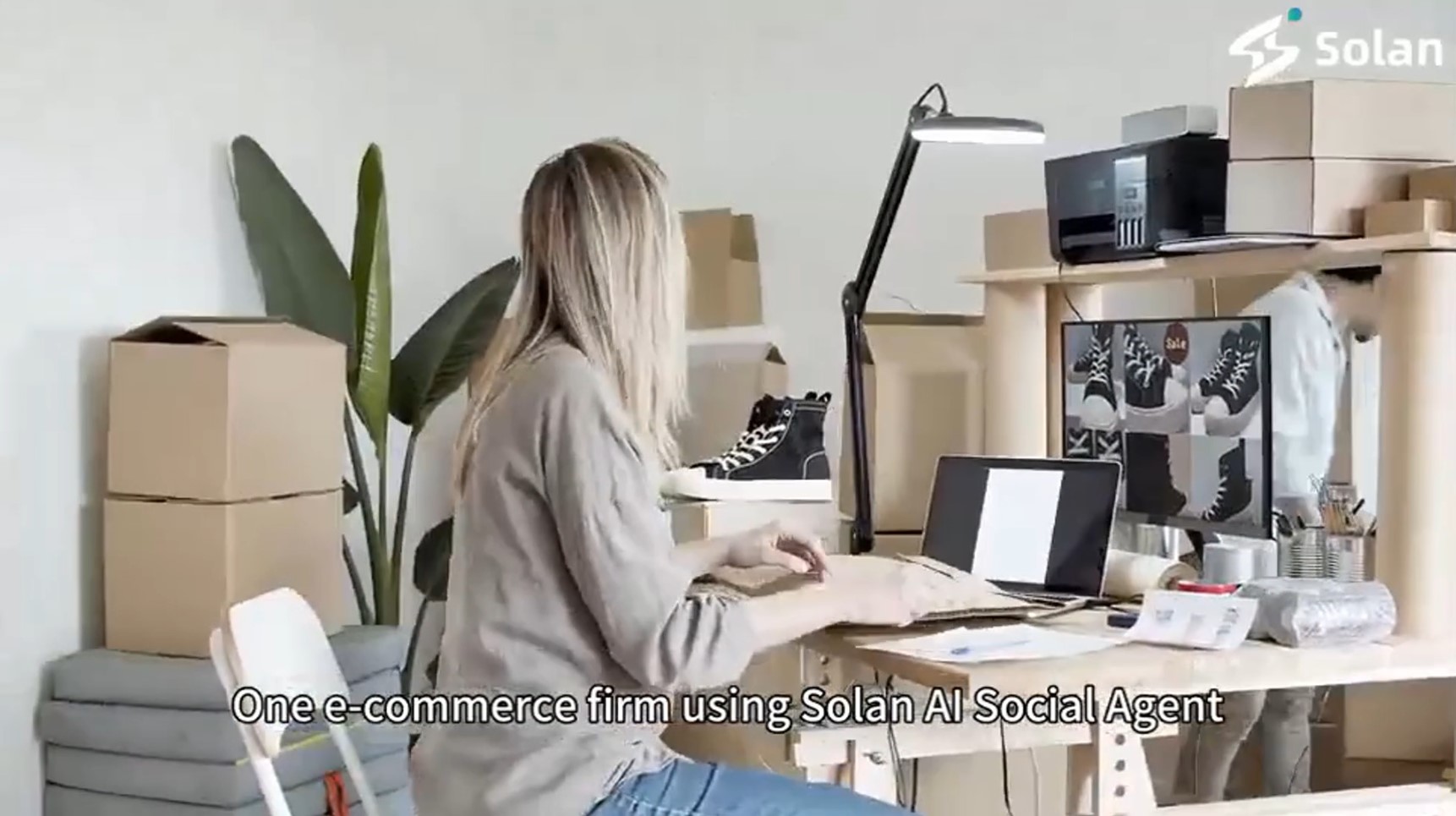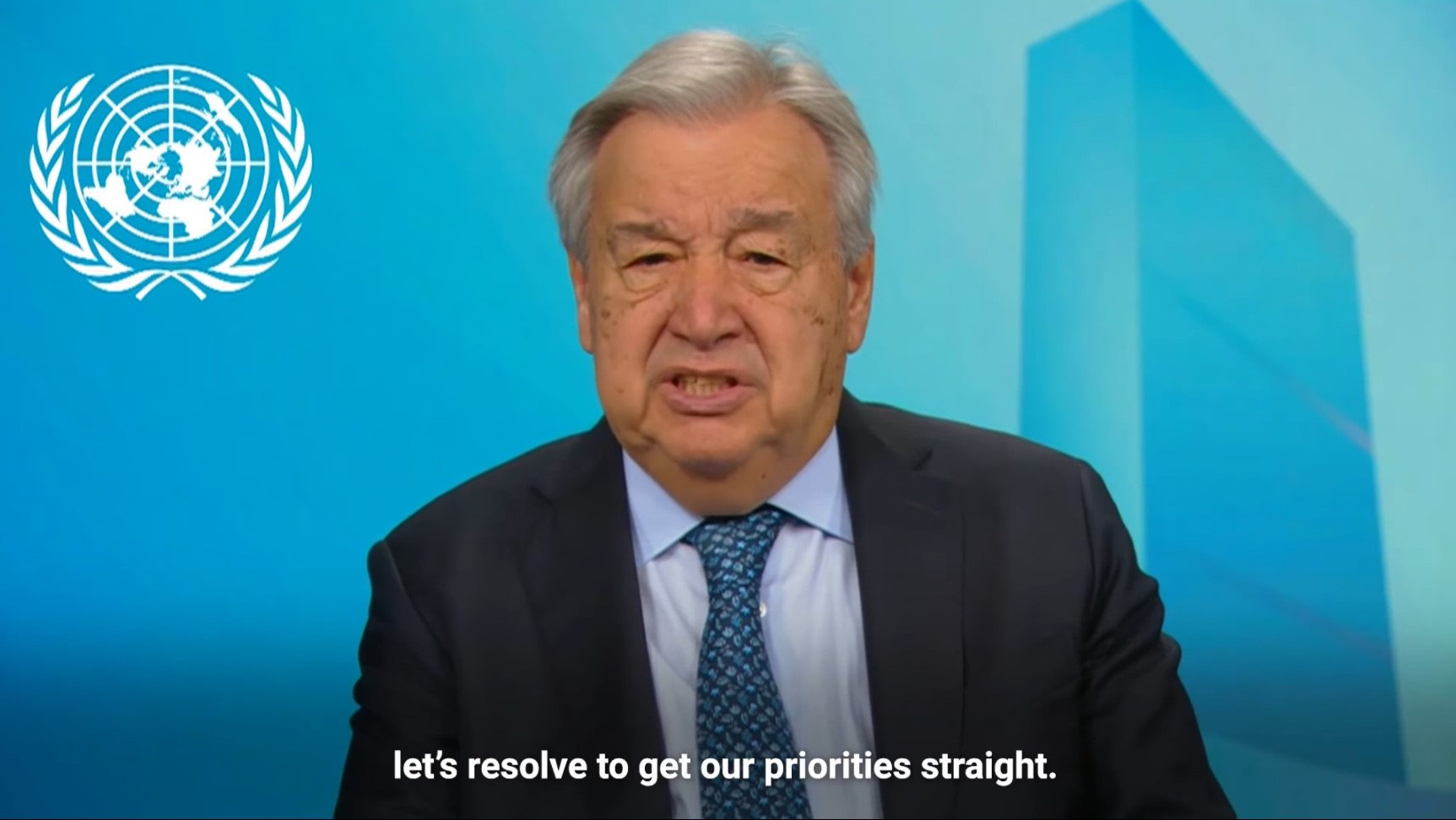
Celebrity media compiled reports based on press releases provided by the United Nations:United Nations Deputy Secretary-General declares 2024 UN Civil Society Conference “a Testament to the Strong Voice of Civil Society,” at the Opening Session in Nairobi. For the Chinese report, please click here

Bringing together representatives of civil society, government representatives, senior United Nations officials, youth changemakers, academia, other stakeholders and media, the United Nations Civil Society Conference is the premier event on the civil society calendar at the United Nations, ahead of the Summit of the Future.
Organized by the United Nations Department of Global Communications, the Conference will run for two days over May 9 and 10 at the United Nations Office at Nairobi. It has attracted strong interest, with over 3000 expected to attend, representing mainly civil society representatives, governments, United Nations entities, international governmental organizations and other stakeholders.
 Mr Maher Nasser ( Celebrity media profile pictures)
Mr Maher Nasser ( Celebrity media profile pictures)
In opening remarks, MAHER NASSER, Co-Chair of the Planning Committee of the 2024 Civil Society Conference, Director, Outreach Division, United Nations Department of Global Communications and Master of Ceremonies, said last week’s heavy rains and flooding had left death and havoc across Kenya and neighboring countries; extreme weather conditions once again demonstrated that the impact of climate change was harming those least responsible for creating the climate crisis. Mr. Nasser extended deep condolences to the victims, and solidarity with the impacted communities. The Department of Global Communications had never organized a conference of this size, which had attracted such a high level of interest, in such a short period of time. Over 3,600 civil society representatives from 2,750 entities had registered, along with around 400 representatives of 64 governments, seven International Governmental Organizations (IGOs), 37 United Nations entities and over 100 media reporters. 70 percent of those registered were from Africa and 40 percent of all registrations were youth, in the age group 18 to 34. Mr. Nasser hoped the expectations from the Conference would be achieved.
ZAINAB HAWA BANGURA, Director-General of the United Nations Office at Nairobi (UNON), warmly welcomed everyone to the environmentally friendly UNON complex where the greening the blue initiative had come to life. In the context of the heavy floods which had ravaged Kenya, Ms. Bangura extended the Secretary General’s message of support and condolences to those affected. The UN and their partners were working closely to address humanitarian needs. UNON was the only UN headquarters in the global south, and was honored to host the 69th Civil Society Conference in Nairobi, which was the first time it had been held in Africa. The Conference provided a unique opportunity for civil society and multi-stakeholder engagement; it was a vital prelude to the world leader’s summit of the future.
Civil society played a fundamental role in shaping a future, which today more than ever, needed multilateral approaches. As a former civil society leader, Ms. Bangura understood the vital role civil society played around the world. She encouraged all delegations to make their voice heard. UNON remained a key partner supporting UN operations globally and was a trailblazer in sustainable work. UNON was undergoing a historical transformation that would boost the journey towards energy, neutrality and bio-diversity. Two key capital construction projects, including the construction of six new office blocks, and the upgrade of conferences facilities with a combined value of 340 million dollars, represented the most significant UN infrastructure project in Africa. In closing, Ms. Bangura thanked member states and acknowledged the Kenyan government’s continued collaboration towards infrastructure developments.
Mr. NASSER thanked the Director General for welcoming the idea of the Conference in Nairobi, when he had first proposed the idea in April 2023. He also thanked the European Union, the Government of Denmark, the Ford Foundation and the United Nations Foundation for their financial support, the United Nations Office at Nairobi and the other United Nations entities for hosting the Conference, and the civil society partners who had worked with the team as part of the planning process. Mr. Nasser also acknowledged the presence of the co-facilitators of the Pact for the Future, the Global Digital Compact and the Declaration on Future Generations, the Office of the President of the General Assembly and the Our Common Agenda team, and other senior leaders from across the United Nations system.

Over 80 percent of Conference registrants reported working with vulnerable groups. Over 60 percent of registrants identified as Human Rights Defenders. Climate was the top issue for youth registrants. Those over 35 years old identified gender as the top issue. The third most identified topic of interest was youth and children. It was important to remember that today was yesterday’s tomorrow and last year’s future. Mr. Nasser asked; what lessons could be learned from not paying attention to issues which had come to haunt us? Carbon and greenhouse gas emissions; climate change. Income inequalities and persistent gender inequalities, selective application of the rule of law and the resulting erosion of the universality of these concepts. Civil Society was the embodiment of the opening words of the Charter of the United Nations, “We the Peoples of the United Nations”. It was important that civil society did not waver in their advocacy and actions to hold everyone in power accountable. In keeping with tradition, Mr. Nasser concluded and handed over to the Co-Chairs to deliver their opening remarks.
CAROLE AGENGO, Co-Chair of the Planning Committee of the 2024 Civil Society Conference, Global Initiatives Lead & Africa Regional Representative at HelpAge International, welcomed all Conference participants to Nairobi, and expressed her solidarity with those affected by the devastating floods. The UN Civil society conference had made its first stop in the global south. While this was positive, the reality represented the underlying inequality and lack of inclusion. Civil society in the Global South had faced challenges in accessing previous conferences for various reasons, most predominantly, due to visas. Reflecting on this, the Conference had established a premium on inclusion and participation. Ten diverse subcommittees had been established, which further conceptualized the inclusivity in the objectives to level up inclusion, impact, and innovation. Today and tomorrow, there would be inclusive workshops, covering a broad range of issues and themes, organized by organizations from across the globe. Yesterday, a successful youth activation local mobilization day had been held, where 400 people from across the country had participated. In closing, Ms. Agengo reflected on two African proverbs: “it was only by the strength in their numbers that the ants in the field can carry their prey to the rest; and “when hunger strikes a country, no one is spared.” With these in mind, it was vital for organizations in the Global South to unleash the power in their numbers and collaborate, as they moved forward towards the Summit of the Future.
NUDHARA YUSUF, Co-Chair of the Planning Committee of the 2024 Civil Society Conference, Global Governance Innovation Network (GGIN), Executive Coordinator at Stimson Center, Youth Coordinator, Coalition for the UN We Need, said she stood in solidarity with those in Kenya who had suffered from recent flooding, and was reminded every day that the lowest hanging fruit from Conesus was the need for change. Ms. Yusuf quoted a saying in Damu, which meant “every country is the people’s country, and every people are our peoples”, and expressed gratitude to those who had organized the Conference. The meeting aimed to meaningfully support the Summit of the Future, which was a critical moment. In the Summit, civil society would ask member states to raise the bar on multilateralism. In turn, civil society needed to be willing to push the envelope on how they engaged with multilateral and intergovernmental processes. This notion was present in every ounce of the organized chaotic glory which was about to unfold. The Conference would host 20 impact coalitions, 50 exhibits, an intergenerational hub, a media zone and much more. Ms. Yusuf concluded by wishing everyone an enjoyable Conference. She hoped this was the start of the story of what happened next; a story of inclusion, innovation and impact.

AMINA MOHAMMED, Deputy Secretary-General, Executive Office of the Secretary-General (EOSG), speaking via video message, expressed her deep condolences to the victims of the devasting floods in Kenya, reiterating the United Nation’s continued commitment to supporting the Government of Kenya during this challenging time. Ms. Mohammed also reiterated the Secretary-General's call for an immediate ceasefire in Gaza, the release of all hostages and safe and unimpeded access for humanitarian aid. ‘We the Peoples’, the powerful opening of the United Nations Charter, was a commitment to come together for the benefit of all peoples. Every day, civil society groups around the world worked tirelessly to advance the goals of the United Nations, through their fight for global, social and climate justice, and for peace, gender equality and human rights. The Conference was a testament to the strong voice of civil society, despite rising threats and shrinking space. It also reaffirmed that the upcoming Summit of the Future needed to resonate with their priorities, their concerns, and their expectations. September’s Summit was a generational opportunity to update international institutions and build a more inclusive multilateralism that served the interests of all peoples. But that opportunity could only be seized with active engagement. Between now and September, civil society’s views and active participation were needed. Ms. Mohammed urged civil society fully engage with Member States and Leaders in New York and in capitals; to join forces with civil society colleagues across regions and causes; to connect the changes needed in multilateralism with the changes people needed to see in their daily lives; and to make their voices count.
KARIMOT ODEBODE, SDG Young Leader, said she was one of the 17 young leaders for the Sustainable Development Goals and a young person leading a civil society organization in Nigeria. Today at the Conference, civil society gathered as a matter of urgency, to develop a road map towards a sustainable future. Civil society leaders had a unique responsibility in shaping the future of global and sustainable progress. The world was faced with urgent humanitarian crisis’; from girls being denied education in Afghanistan, to civil unrest in Sudan, to genocide in Palestine and to an urgent climate crisis in Kenya, Somalia and Yemen. Was the world truly on a pathway towards shaping a sustainable future? It was seven years until the 2030 agenda for Sustainable Development. This was a reality which required commitment, concrete action and tangible results. Moving towards the Summit of the Future, Mr. Odebode called on all actors to work alongside civil society across the world. This required a multilateral approach and for organizations and governments to come together with civil society, to create multilateral solutions for today and a better tomorrow. No one was equal, until everyone was equal. No country was at peace. if any country was not at peace.
Ms. Odebode then read a poem entitled “the Journey Ahead”. “Today, We come together as one. Irrespective of gender, age. Country and religion. We come as a coalition of people, Who wants a future that is worth leaving for generations to come… Today, We come as one. To shape the future that is sustainable. A future free of violence, hunger and climate crises…The journey ahead is not a walk in the park. It is not just grand promises. It is action and collaboration. Like my people would say…A single stick of broom can never sweep a room clean… My generation is tired. We want real change. Are you ready to commit to peace?”
GUY RYDER, Under-Secretary-General for Policy, said it was a privilege to be in Nairobi at the Conference and witness the power of activism and partnership evident in the room. Mr. Ryder expressed sympathy and support to the people of Kenya in the wake of the flooding which had struck the country. He thanked the leadership of the Conference and the organizing committee for making the Conference possible, and every civil society representative and organization who was in attendance. The next two days were a vital step in the journey towards the Summit of the Future. The insights, commitment, and call for action were indispensable to the processes that lay ahead. Everyone needed to work together to meet today’s global challenges; ongoing conflicts, geopolitical tensions; multiplying humanitarian crisis; the climate emergency and much more. There needed to be cooperation and solidarity at all levels. For that there needed to be systems and institutions that were up to the tasks and reflected contemporary realities, to deliver on the 2030 Agenda.
Today’s world demanded more effective and inclusive multilateralism. The Summit of the Future in September was the opportunity to shape just that. The path from the Conference to the Summit offered opportunity to build new forms of cooperation between the United Nations, member states and its people. At the Summit itself, world leaders would come together to force an international consensus and agree on a Pact for the Future. The work and discussions during the Conference around the Pact would continue to form international processes and show how multilateralism could impact people’s lives across the world. Between now and September, it was important to work together, particularly through Impact Coalitions and the Summit of the Future Action days. These would be organized around the themes of digital and technology, peace and security, and sustainable development and financing, with a particular emphasis on youth leadership. Mr. Ryder urged everyone, especially young people to get involved and encouraged everyone to ramp up engagement with their governments in the lead up to September. Governments needed their inputs and guidance to achieve meaningful results at the Summit. The UN system stood ready to provide support.
DENNIS FRANCIS, President of the 78th Session of the United Nations General Assembly, speaking via video message, regretted that he was not able to attend in person, but reiterated his keen interest in the Conference’s agenda and its outcome. This important gathering was poised to shape the highly anticipated Summit of the Future in September. The Summit provided a pivotal moment to drive transformative action that would mobilize and scale up support for accelerated progress towards the completion of the Sustainable Development Goals and other related commitments. Civil society organizations, youth changemakers, academia, public opinion-makers, and media were indispensable in mobilizing affected communities on the ground, advocating for solidarity and accountability, and driving inclusive progress. At a time when the multilateral system and international cooperation faced major obstacles, the significance of the Summit of the Future as a critical juncture, could not be underestimated.
However, such an undertaking could not be fulfilled by Member States alone. For the Summit to serve as a catalyst for impactful global action, there needed to be robust collaboration and buy-in from those directly affected to drive its action-oriented outcomes. In this regard, the Pact for the Future, the Global Digital Compact and the Declaration on Future Generations, and civil society needed to play a critical role in this process. The journey needed to continue past the convening of the Summit itself and into the crucial implementation phase, which would require sustained collaboration among all stakeholders. Mr. Francis concluded by inviting civil society to be thorough in their reflections, as steadfast advocates for the multilateral system. He called on everyone to direct efforts towards achieving transformative change, to craft an indelible legacy of peace, progress, prosperity and sustainability for the present and future generations.
FLORENCE SYEVUO, SDG Young Leader, welcomed everyone to Kenya and thanked them for attending the Conference. She called for a moment of silene to acknowledge the lives of those lost in Kenya due to the heavy rains. The world was at a critical juncture, where every action could shape the trajectory of the shared planet. The urgency to address climate change had never been more tangible, particular as Kenya and many others grappled with flooding, underscoring imperative actions and resilience building measures. These were the effects of human interaction with the planet, and a reminder of why the outcome of the Conference mattered to everyone. At the midway mark towards achieving the SDGs, it was imperative to reflect on collective efforts made towards commitments to global targets. While significant strides had been made, there was still much ground to cover. The challenges faced were multi-faceted and complex and required a unified approach from all stakeholders. Civil society were calling for continued engagement within the multi-stakeholder approach. Today marked a significant day, to ensure this approach was being realized in Kenya for the very first time. The Nairobi Summit would lead to a number of impacts coalitions that would organise civil society vehicles to support Pact cooperation. The Summit was a once in a generation opportunity to strengthen this system.
Civil society needed to ask whether the commitments depicted in the proposed Pact for the Future and associated outcome documents, were commensurate with the challenges faced in achieving the sustainable development goals. The proposed language in the Draft for the Future was welcome, and it was promising that so many foundations, government and United Nations agencies had prioritized attendance to the conference. The Conference was a call from civil society to address global inequality once and for all, particularly those between the Global North and South. 70 percent of participants were from Africa which was important; those left out of the New York bubble could not meaningfully engage in conversations on sustainable development. It was hoped the Conference would inspire collective spirits for joint meaningful action to create equal opportunities for all of humanity. The Conference should be landmark for solving the persistent challenges in the generation. Yesterday, protesters had been arrested in Nairobi had been arrested. Ms. Syevuo called for their immediate release; picketing was not crime. No future UN Civil Society conference should be held where the United Nations only sat for administrative purposes. It was hoped future conference would be held in many countries of the Global South.
In closing remarks, Ms. AGENGO, thanked everyone who had attended the opening session and those who had spoken. She reiterated that “we the people” Nairobi was a stepping-stone into the future, where we would lift up collaboration.
Ms. YUSUF, said there were an exciting two days ahead and the best was yet to come. She explained the logistics for the workshops which would be held throughout the Conference, and for the afternoon plenary session. She urged everyone to have fun over the next two days.
The next portion of the day involved 37 on-site workshops, co-organized by stakeholders, including civil society and United Nations entities and attended by a variety of participants including Member States. The workshops supported the themes of the Summit of the Future, including: Sustainable development and financing for development; International Peace and Security; Science, technology and innovation and digital cooperation / The Global Digital Compact; Youth and Future Generations / The Declaration on Future Generations; and Transforming global governance.
